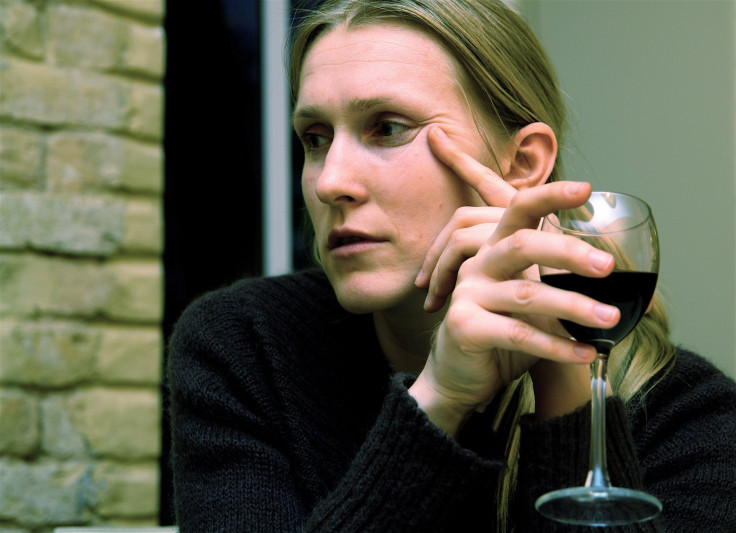The Wine Hangover: Wine Drinkers Underestimate Consumption When Pouring Their Own Glasses

The size and shape of a wine glass — and the color of the libation — greatly influence a drinker’s assessment of portion control, researchers find.
Particularly in social settings, the self-taught sommelier tends to overindulge, pouring one, two, or even three standard “glasses” of wine into a single wide-stem glass. In an experiment, researchers from the University of Iowa and Cornell University tested six environmental cues thought to influence perception of liquid volume, including the most obvious: the size of the glass.
Study participants observed by the researchers tended to pour 12 percent more wine into a wide glass versus one of standard size. The same held true when pouring wine into a handheld glass or one placed on a table.
“People have trouble assessing volumes,” Laura Smarandescu, an assistant professor of marketing at Iowa State, said in a statement. “They tend to focus more on the vertical than the horizontal measures,” she added. “That’s why people tend to drink less when they drink from a narrow glass—because they think they’re drinking more.”
The researchers also found that drinkers poured nine percent more wine into a glass when pouring white versus red, suggesting the color contrast with the glass affected perception. However, when the study participants poured wine into glasses placed on tables, the size of the table — large or small — appeared to have a weaker influence.
Doug Walker, an assistant professor of marketing at Iowa State, led the study. “If you ask someone how much they drink and they report it in a number of servings, for a self-pour that’s just not telling the whole story,” he said. “One person’s ‘two’ is totally different than another person’s ‘two.’ Participants in the study were asked to pour the same amount at each setting, but they just couldn’t tell the difference.”
A standard serving of wine is 5 oz., according to the National Institute on Alcohol Abuse and Alcoholism. Yet, many drinkers fail to realize the extent of their libation — or willingly suspend that part of their consciousness — when pouring a glass. However, Brian Wansink, director of the Food and Brand Lab at Cornell, said the fix is pretty simple, for those willing to make it.
“If you want to pour and drink less wine, stick to the narrow wine glasses and only pour if your glass is on the table or counter and not in your hand—in either case, you’ll pour about 9-12 percent less,” he said.
Interestingly, the researchers found that study participants accurately identified possible reasons as to why they might overpour a glass of wine, after doing just that, according to Walker. “The fact they were able to know retrospectively, but they still poured different amounts, told us they didn’t think about it when pouring. Otherwise, they would have adjusted. So they had to be prompted to think about how much they poured,” Walker said.
To best gauge portion control, the researchers said drinkers should stick with standard-size wine glasses.

Source: Walker D, Smarandescu L, Wansink B. Half Full Or Empty: Cues That Lead Wine Drinkers To Unintentionally Overpour. Substance Use & Misuse. 2013.



























